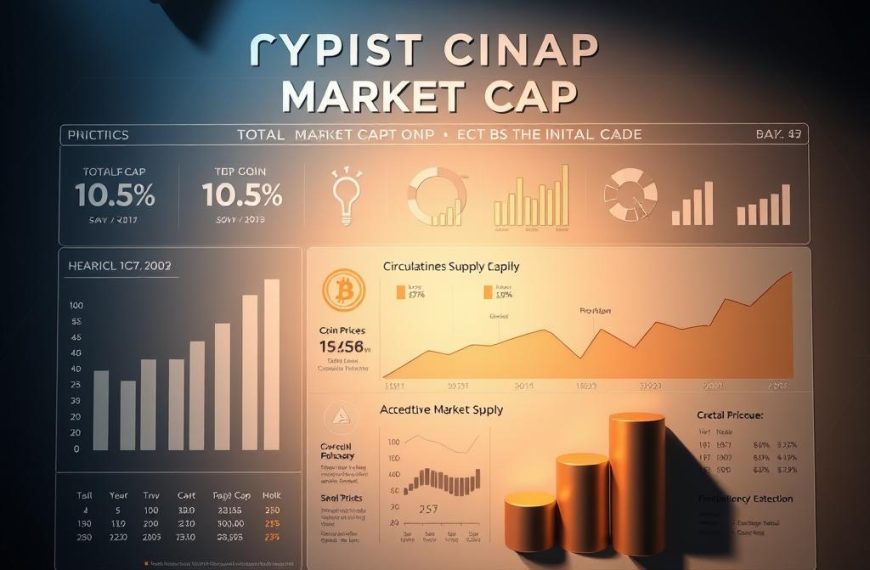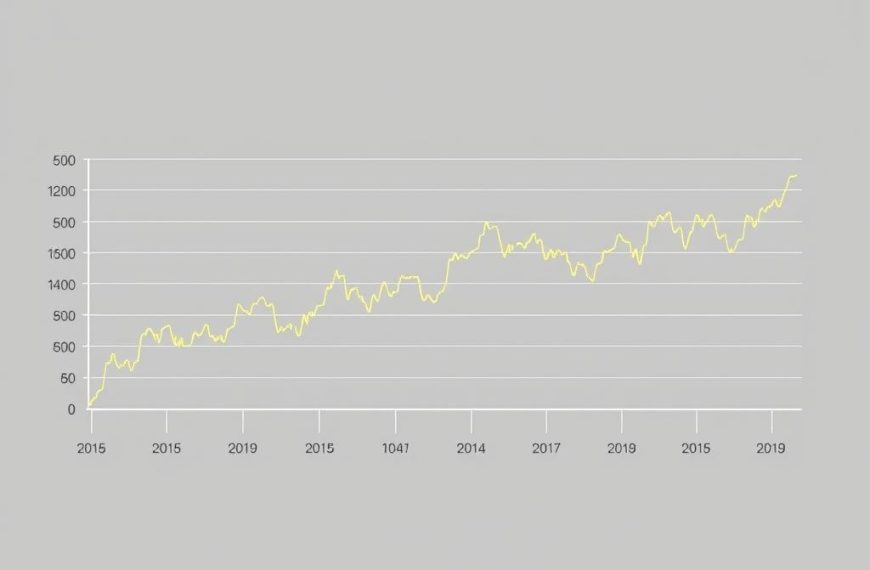Blockchain technology is a revolutionary approach to digital record-keeping. It transforms how transactions are recorded and verified. The New York Times analysis reveals a sophisticated system beyond traditional financial mechanisms1.
At its core, blockchain is a decentralised digital ledger. It captures transactions across multiple servers. This creates a transparent and secure network1.
This innovative technology can track various assets. These range from digital tokens to physical items like shipping containers. Blockchain distributes information across numerous servers, ensuring better security and transparency1.
The cryptocurrency market showcases blockchain’s potential. It has significant market valuations and growing investor interest2. Recent market developments highlight both the technology’s potential and challenges1.
The current state of cryptocurrencies reflects a complex ecosystem. It continues to evolve and attract diverse investor demographics3. Blockchain technology promises to reshape traditional financial systems.
It offers unprecedented transparency and decentralisation. The New York Times tracks this technological revolution. They provide critical insights into its development and potential societal impact.
Understanding Blockchain Technology Through NYT’s Lens
Blockchain technology is a game-changing approach to managing digital information. It uses a decentralised ledger to record transactions securely across multiple computer networks4.
Blockchain networks create an unchangeable, distributed digital record. They use advanced cryptography to protect data and prevent unwanted changes.
These systems ensure data integrity through a unique verification process. This process maintains transparency and security across the network.
Digital Ledger Systems in Practice
Digital ledger systems work through a special verification and consensus mechanism. They have several key features:
- Distributed data storage across multiple nodes
- Cryptographic security protocols
- Transparent transaction recording
- Decentralised governance
Public vs Private Blockchain Networks
Blockchain networks come in two main types:
- Public Blockchains: Open to everyone, completely transparent
- Private Blockchains: Restricted access, controlled by specific organisations
Cryptography: The Backbone of Blockchain Security
Cryptography is crucial for keeping blockchain systems secure and reliable. It uses complex maths to create a strong defence against cyber threats5.
Blockchain technology represents a paradigm shift in how we conceptualise digital trust and transparency.
The Cryptocurrency Market Evolution
The cryptocurrency landscape has changed vastly since Bitcoin’s creation. It’s grown from a tech experiment to a global financial phenomenon. Bitcoin transactions now span thousands of databases, removing central control nodes6.
Crypto markets show incredible volatility and growth. Bitcoin has seen huge value swings, rising from under $0.01 in 2010 to massive market value7.
Ethereum has also become a major cryptocurrency. Its total coin circulation is nearing $20 billion7.
- Over 800 cryptocurrencies are now listed on global exchanges7
- Millennials are increasingly investing in digital currencies7
- Cryptocurrencies are viewed as potential hedges against economic instability7
Regulatory oversight has increased significantly. The U.S. Securities and Exchange Commission took 26 crypto enforcement actions in 20238.
In January 2024, the SEC approved the first 11 spot bitcoin ETFs8. This signals growing acceptance in mainstream finance.
The cryptocurrency market represents a revolutionary approach to financial transactions and investment strategies.
Despite hurdles, the crypto world keeps evolving. It draws investors and tech experts who see promise in blockchain’s decentralised technology6.
What Is Blockchain NYT?
The New York Times offers deep insights into blockchain technology. It explains its complex mechanisms and transformative potential. Readers gain a nuanced view of this revolutionary digital infrastructure.
The Times breaks down blockchain’s core features. It shows how this tech is changing digital interactions. Blockchain represents a groundbreaking approach to recording and verifying transactions across various sectors.
The Times’ Definitive Approach
The New York Times defines blockchain as a decentralised digital ledger. It provides unmatched transparency and security9. Their analysis highlights several key blockchain features:
- Distributed network architecture
- Immutable transaction records
- Cryptographic security mechanisms
Transaction Verification Process
Transaction verification is crucial in blockchain technology. The NYT examines how digital transactions are authenticated and recorded permanently9.
| Blockchain Feature | NYT Description |
|---|---|
| Decentralisation | No single authority controls the network |
| Transparency | All transactions are publicly verifiable |
| Security | Cryptographic protocols prevent tampering |
The New York Times explores innovative blockchain applications. Their News Provenance Project showcases the technology’s potential in journalism9.
The Social Impact of Blockchain Technology
Blockchain technology is reshaping social dynamics through innovative crypto strategies. It challenges traditional financial systems and creates new opportunities. Cryptocurrencies offer financial inclusion for historically marginalised groups1011.
Blockchain’s impact goes beyond monetary transactions. Visionaries like Vitalik Buterin see it transforming critical societal infrastructures.
- City governance systems
- Online identity verification
- Democratic voting processes10
Cryptocurrency has attracted diverse investor groups, democratising wealth creation. Public blockchains enable transparent, traceable transactions. Each exchange is time-stamped and identifiable through public keys12.
Blockchain represents more than technology—it’s a social revolution challenging existing power structures.
Blockchain’s potential lies in reducing administrative barriers in finance. It provides minimal friction for cross-border transactions. The technology also reduces verification complexities11.
This innovation promises a more inclusive digital future. It creates accessible financial ecosystems for all.
Blockchain’s Economic Transformation Potential
Blockchain technology is set to revolutionise global economic systems. It could add up to $120 billion to the world economy by 2024. This innovation offers new ways to manage digital assets and cross-border transactions.
Crypto investments are a key part of the blockchain ecosystem. The crypto finance industry has grown rapidly. Over $18 billion in assets now earn interest through decentralised lending13.
Platforms like BlockFi offer interest rates far higher than traditional banks13. This challenges conventional banking models. It shows the potential for new financial systems.
Financial institutions are embracing blockchain’s transformative power. It allows direct payments without middlemen, potentially reducing costs. Advanced technology has improved blockchain applications significantly14.
Some experts believe cryptocurrencies might replace current monetary systems14. However, investors must be aware of the risks. The FDIC doesn’t guarantee crypto platform deposits13.
Regulatory concerns and consumer protection gaps exist. Careful research is crucial before investing in blockchain and crypto13. The potential rewards are high, but so are the risks.
FAQ
What exactly is blockchain technology?
Blockchain is a decentralised digital ledger system. It records transactions across multiple computers. This ensures transparency, security, and immutability without a central authority.
How does blockchain differ from traditional database systems?
Blockchain distributes information across a network of computers. This makes it difficult to alter or hack. Multiple participants verify each transaction, creating a secure record-keeping mechanism.
What role does cryptography play in blockchain?
Cryptography is vital to blockchain’s security. It encrypts and authenticates transactions, preventing tampering. This mathematical mechanism secures digital transactions and maintains the blockchain network’s integrity.
Are there different types of blockchain networks?
Yes, blockchain networks are categorised into public and private networks. Public blockchains like Bitcoin are open to anyone. Private blockchains are restricted to specific participants.
Organisations often use private blockchains for internal processes.
How is blockchain relevant to cryptocurrencies?
Blockchain is the foundation for cryptocurrencies. It provides a transparent and secure method for recording digital currency transactions. This system operates without intermediary financial institutions.
Can blockchain technology impact financial inclusion?
Blockchain has potential to promote financial inclusion. It provides accessible financial services to unbanked populations. This is particularly beneficial in developing regions with limited traditional banking infrastructure.
What are the potential economic transformations blockchain might bring?
Blockchain could revolutionise cross-border transactions. It can make them faster and more cost-effective. Financial institutions could streamline operations through more efficient and transparent transaction processes.
What risks are associated with blockchain investments?
Blockchain investments carry significant volatility. The cryptocurrency market has shown substantial price fluctuations. Potential investors should carefully assess risks and conduct thorough research.
How are traditional financial institutions responding to blockchain?
Many financial institutions are exploring blockchain technology. They aim to improve transaction speed and reduce costs. Enhancing security in existing systems is another goal.
What makes blockchain technology unique?
Blockchain’s unique attributes include decentralisation and transparency. Immutability and enhanced security are also key features. These qualities set it apart from traditional digital record-keeping methods.
Source Links
- Opinion | Blockchains, What Are They Good For? (Published 2022)
- The Latecomer’s Guide to Crypto (Published 2022)
- Opinion | The Strange Allure of the Blockchain (Published 2022)
- It’s Hard to Tell When the Crypto Bubble Will Burst, or If There Is One (Published 2022)
- Crypto Joins the Abortion Conversation (Published 2022)
- Is Blockchain Technology Overhyped? (Published 2019)
- Grandpa Had a Pension. This Generation Has Cryptocurrency. (Published 2017)
- How SEC Regs Will Change Cryptocurrency Markets
- The New York Times wants to fight fake news using blockchain – good luck to it
- Opinion | Ethereum’s Founder on What Crypto Can — and Can’t — Do (Published 2022)
- Blockchain
- Blockchain explained | What is blockchain? | Fidelity
- Crypto Banking and Decentralized Finance, Explained (Published 2021)


















